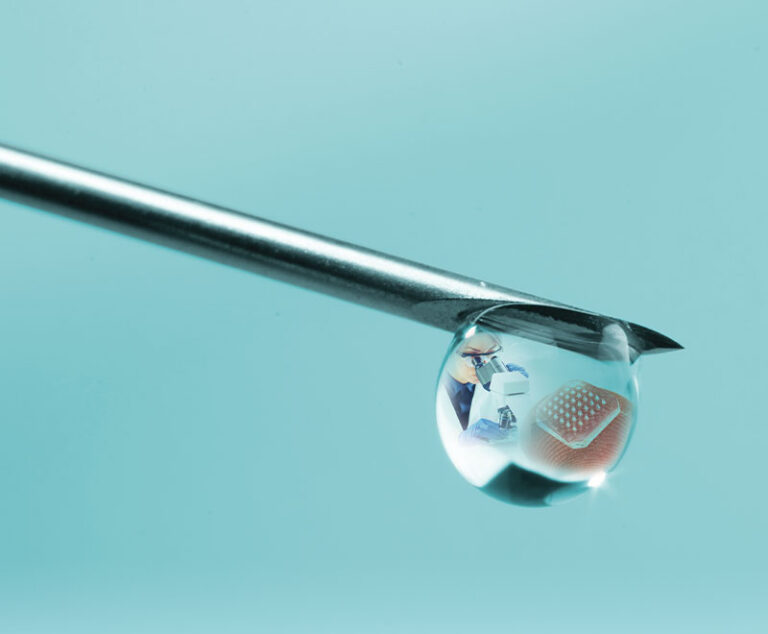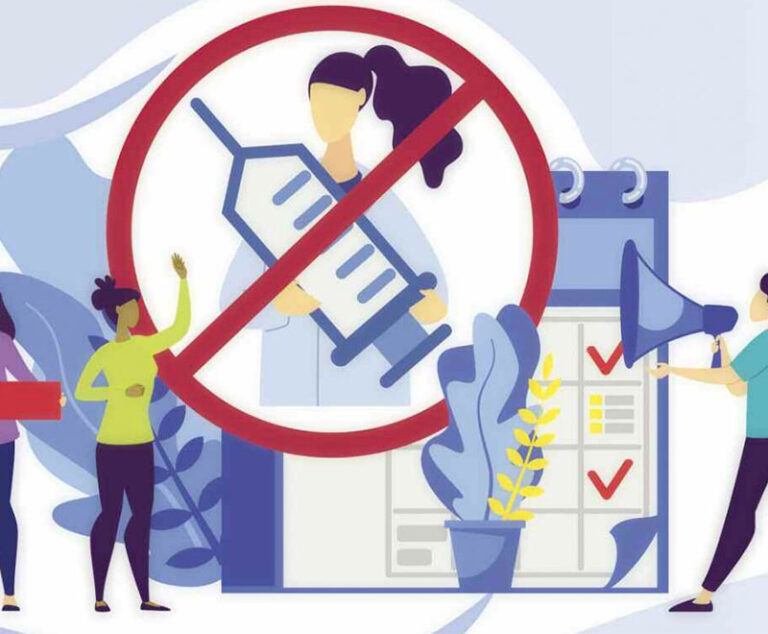Industry Insight
Information, Observation & Analysis
Long-haul COVID, now termed PASC, is a very real effect of the SARs-CoV-2 virus, but few physicians are familiar with the symptoms and where to send patients for treatment.
After several federal agencies spent two decades and tens of billions of dollars preparing for the next pandemic, critics were not shy about pointing out how unprepared the United States was for the current SARS-Cov-2 pandemic.
Government and researchers continue to pursue plans and studies to gain a greater understanding of this devastating and deadly disease to prevent, treat and, ultimately, cure it.
As of this writing, NIAID and industry collaborators are also finalizing the design of a large-scale trial to assess whether COVID-Ig can reduce the rate of hospitalization and other medical encounters in earlier-stage COVID-19 patients exhibiting mild to moderate symptoms.
Studies shed light on whether high-dose intravenous immune globulin, convalescent plasma and hyperimmune globulin will be effective therapeutic options for the novel coronavirus.
Is SCIG well-accepted by most patients either previously treated with IVIG or just starting out on IG therapy?
This extremely rare disease affects mostly younger adults, and its cause remains a mystery.
Optimism continues to grow about the use of stem cells in regenerative medicine highlighted by hundreds of successful clinical trials.
Social media continues to shape and influence the evolving healthcare landscape.
With the growing number of healthcare apps, patients and providers need to be aware of their benefits, as well as their shortfalls that could affect patient care.
Some promising new methods for delivering vaccinations could mean a pain-free alternative, the elimination of accidental needlesticks and reduced risk of infections.
Social media platforms have given the anti-vaccine faction a significant voice that has undermined advances in public health. Now, in the wake of a global pandemic, healthcare stakeholders may have an opportunity to reclaim the narrative about vaccines with facts, not fiction.











